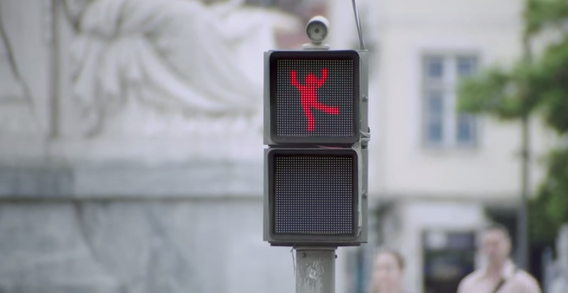Writing for IEEE (“I triple E”), Tekla Perry mentions a couple of toys aimed at introducing kids to science, technology, engineering and math (STEM). Worth listening to since few organizations are more serious about energy and electronics than the Institute for Electrical and Electronics Engineers.

Roominate wants girls to be artists, architects and engineers…
First, Roominate is a kit that lets kids design and build a wired doll’s house. The wiring enables lights, fans, and sounds (doorbell). Kids can build furniture too, and there are even dolls to live in the house. I hope they add some solar panels and maybe even let the “fan” double as a simulated “wind turbine.” Oh, and what about rain barrels, roof gardens, and other sustainable touches?

Inspecting the current flow using the Light Up app.
Second is Light Up, a kit of magnetically connectable circuit board components, not unlike Littlebits (which we wrote about before in a post on 8 tech learning toys and games). One difference is that Light Up also has an app that uses the camera to analyze your construction and show current flow or help you troubleshoot. The lightup blog offers projects ideas and instructions to follow.
Have any good toys to add to the list? Have you tried either of these toys? Tell us in the comments. If you find these posts useful sign up for our newsletter.





